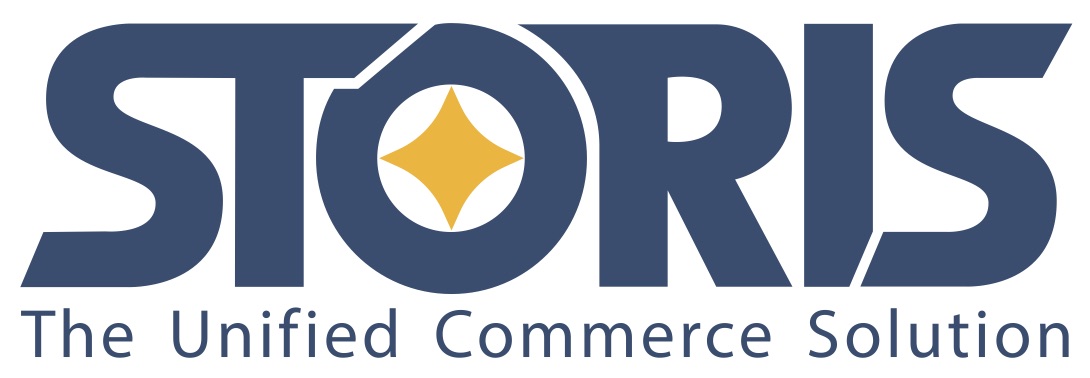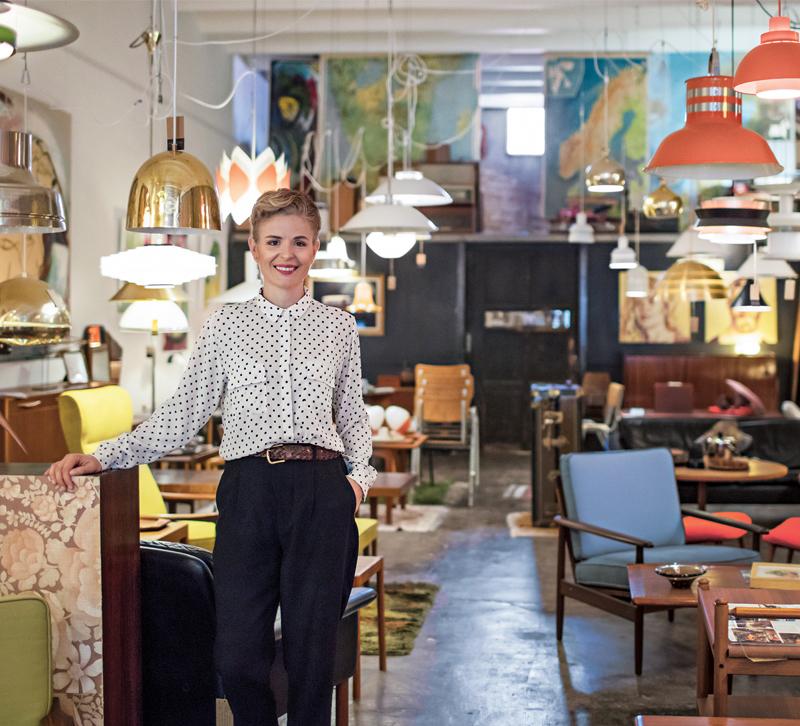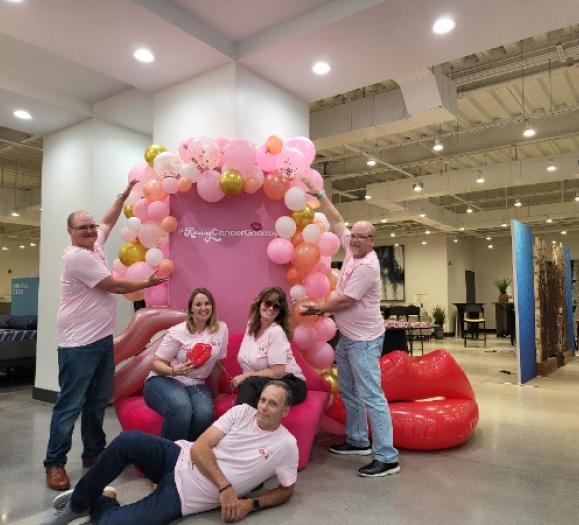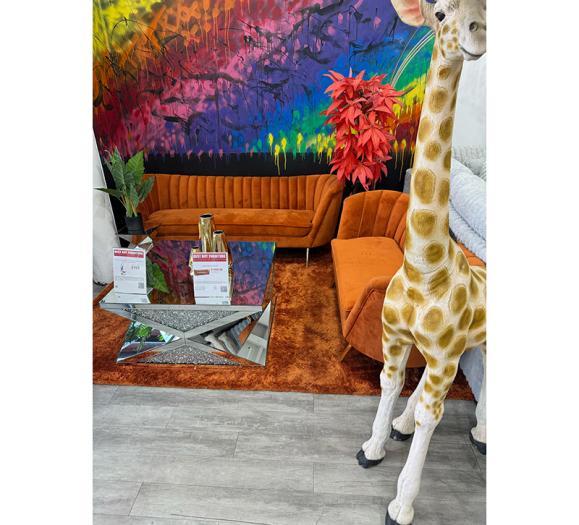For retailers in any industry, a point-of-sale (POS) system is essential to making the sale, taking payment and keeping track of inventory — often across multiple stores or platforms such as a website. Then, there’s also the customer relationship piece and data that’s needed to see what’s selling and what’s not. In the home furnishings industry, this can get even further complicated when customizability adds yet another dimension to the system requirements.
For retailers, it can be challenging to find one system that can handle all of their needs and capture the data necessary to analyze and forecast.
"We need to manipulate huge amounts of data,” says Mary Liz Curtin, owner of Leon & Lulu, a lifestyle store that caters to a customer looking for gift and home furnishings. “We need a POS and a CRM [customer relationship management] system.” In addition, she adds, the company needs historical data on the other side of the database to develop comparative studies to project and move forward.
Furniture, Lighting & Decor has spoken with two POS providers — Lightspeed and STORIS — where these integrated capabilities are available and getting more robust with each development phase.

When STORIS began building its Point of Sale and Inventory Management Solution more than 30 years ago, it did so with the input of leading home furnishings retailers, including American Furniture Warehouse and Ethan Allen, to provide valuable guidance on the needs of retailers specializing in home furnishings and custom orders. “Our retailers provide a real-world lab,” says Caitlin Jascewsky, Marketing Supervisor for the company. “They are driving what features look like.”
STORIS has created what it calls a Unified Commerce Solution, designed for the home furnishings retailer, capturing POS and customer data to allow retailers to assess their sales and business data in real time.
The platform continues to be successful because of constant upgrades to the system as retail needs change. STORIS spent 70,000 production hours so far in 2019 on improvements to the entire solution, Jascewsky says. Its latest technology — Customer Experience Management (CXM) — is a mobile-based platform, providing sales and inventory data as well as tracking customer needs on any device.
“It’s built on the context of having customers treated as individuals that have a relationship with a brand,” Jascewsky notes, adding that a sales associate can have all information needed to service the customer. “Information is centralized. If the customer has browsed the store online, their shopping cart is captured in the CXM database,” she adds. “It allows associates to be more engaged with the customer.”
Getting started
STORIS services home furnishings retailers of all revenue and size levels, and the systems include the foundational tools needed to run retail from single stores to multiple stores, e-commerce or all of the above. The platform is scalable to a retailer’s needs, with different cloud-based packages from entry level to advanced enterprise operational management.
To deliver the solutions, the platform’s software includes inventory management, buying tools, accounting, logistics and distribution, customer service, and reporting and analytics. Jascewsky says all retailers start with the foundational solution and build on their use of technology as needed.
Customer support
To support its retailers, STORIS provides customer support in a number of ways. Outside of training when a client goes live, retailers get additional monthly training — one on one — to learn about their platform. The company also hosts webinar training classes. “Approximately 50 percent of our company is comprised of client services,” Jascewsky says, with a large department dedicated to support. “Our goal is to build long-lasting relationships with our customers.”

Lightspeed is a cloud-based retail technology solution designed to help retailers run their entire business. It goes beyond POS to include inventory management, integrated payments, retail reports, e-commerce support, multi-store management and customer loyalty. Lightspeed is designed as the “bridge that connects every piece of your retail business,” the company says. It also allows stores with more than one store and/or an e-commerce platform to integrate data from multiple locations.
“Say you’re a retailer using Lightspeed’s Retail POS, e-commerce integration, and analytics module. As you process transactions throughout the day, the data is collected to be fed back to your other systems. If you sell out of a product in-store, your available quantity online automatically updates. With the data in the analytics report, you decide what is a bestseller and add a reorder point to the item so you’re never out of stock,” says Elina Barklon, Communications and Outreach Manager for Lightspeed.
In Lightspeed’s platform, a retailer can expect to find an easy, secure way to accept payment in-store and online with a predictable payment rate; a rewards program and marketing tool with customer insights, connected to the POS; and a robust analytics system that captures data and feeds it into the dashboard once a day for ease of use. The platform tracks inventory and customers, and even offers the ability to manage special orders, layaways, work orders and purchase orders.
Getting started
“Lightspeed was built to help retailers work smarter, make data-driven decisions and create the best possible experience for their customers,” Barklon says. To facilitate onboarding, the tiered subscription-based platform allows retailers to choose the tools they need to get started and add functionality as required. Retailers can even try the platform for free during a 14-day trial period, after which they are billed through the year.
Customer support
As a global company, Lightspeed services are available in more than 100 countries, including the U.S., Canada, Europe and Australia. Customers in the U.S. often see new developments first, the company notes. To facilitate setup, Lightspeed offers free onboarding, and a customer service team that offers 24/7 technical support. Retailers can contact support via email, chat and phone. The goal, says Barklon, is to offer a platform that “unlocks the full potential of a retail business.”







